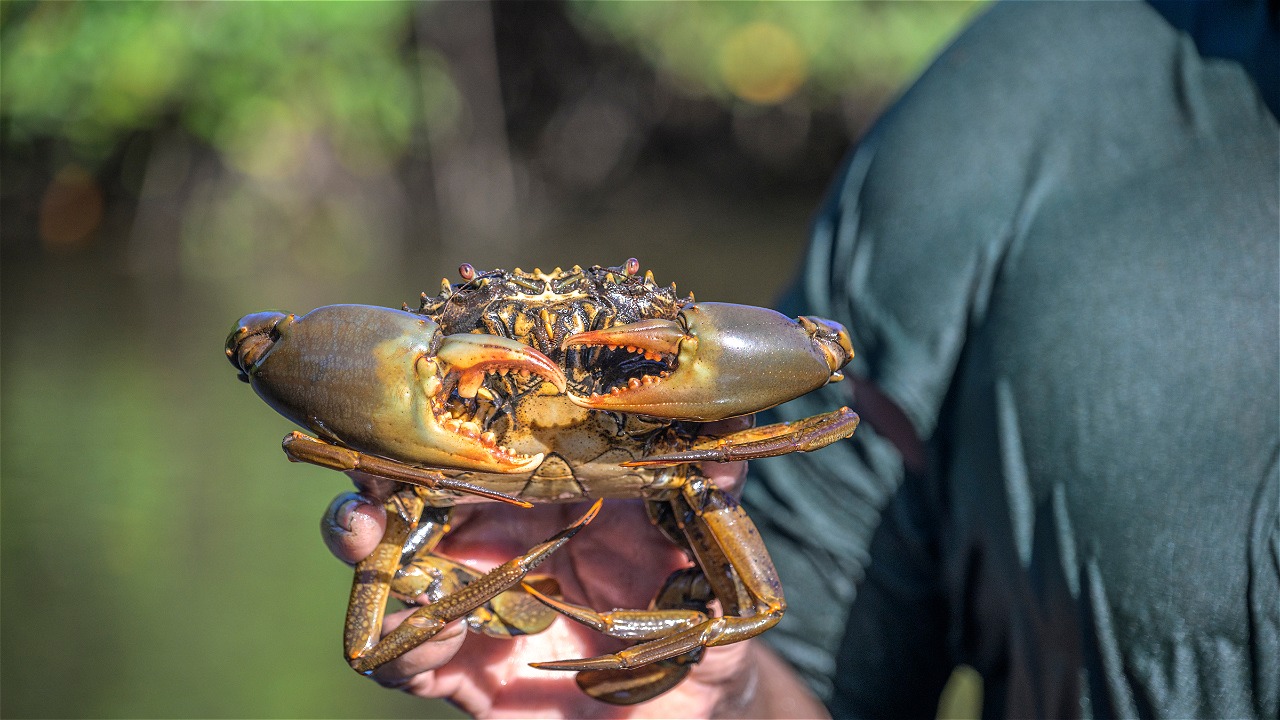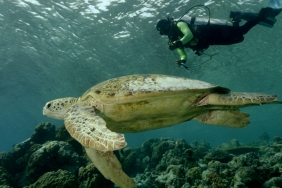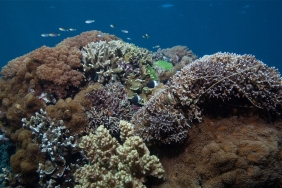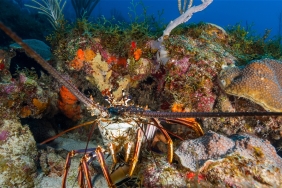KUBU RAYA MANGROVE CRAB READY TO GO GLOBAL
Kubu Raya's mangrove crabs have again received attention from stakeholders. The great potential in the fisheries sector along with high economic value encourages comprehensive efforts so that mangrove crabs can be managed sustainably.
One of them is to conduct an initial assessment study with the Marine Stewardship Council (MSC) standard on the practice of mangrove crab fishing by the community in Kubu Raya waters.
Head of the KPHP Unit Kubu Raya Region (KPHP Unit XXXIII), Ponty Wijaya welcomed the effort. "The government appreciates it as a joint commitment to the welfare of the community without having to damage," he said in the socialization of the results of the initial assessment study with MSC standards in Pontianak, Monday (2/10/2017).
According to Ponty, it is very important to involve the community from the beginning until the activity process runs. If necessary, the community assistance program is sustainable. Especially in developing an action plan for mangrove crab fishing practices in Kubu Raya waters.
Ponty further explained that the partnership that has been built in managing the potential of the Kubu Raya area in a sustainable manner needs to be maintained. "Kubu Raya has the most complete mangrove potential. Four types of which are the rarest in the world. We also have proboscis monkeys, porpoises, and other animals. Let's manage the area through an ecotourism approach," he said.
WWF-Indonesia, as the assisting organization, targeted Sungai Nibung Village as the target for the Fishery Improvement Project (FIP) pilot plot. This plot aims to ensure sustainable crab management. Sungai Nibung Village Head Syarif Ibrahim welcomed WWF's initiative to build a FIP pilot plot in his village. "This is a good initiative. We have a management area. It is only the supporting infrastructure and community capacity that need attention," he said.
According to Syarif Ibrahim, the infrastructure in question is the availability of crab seeds for cultivation. Next is community capacity building. "We ask that the assistance be carried out. The hope is that in the future the welfare of the community can increase without having to damage the environment," he said.
WWF-Indonesia's West Kalimantan Program Manager Albertus Tjiu said that the results of the initial assessment study with MSC standards showed that mangrove crab fisheries in Kubu Raya waters had existed since the 1980s. "Our fishermen use a fishing gear called rakang," he said.
According to Albert, the transition of the use of rakang fishing gear to bubu is estimated to have occurred around 2007. Bubu for mangrove crab fishing is known to have originated from Malaysia and was first used by Kubu fishermen. Since then, fishermen from other villages have begun to adopt the use of bubu to conduct crab fishing.
In its development, Albert explained, fishermen said that there has been a decline, both in terms of the type and number of mangrove crabs, especially since 2011. "The cause of the decline in catches according to fishermen is due to the use of bubu," Albert said.
This is very reasonable, because bubu fishing gear is very effective. Moreover, there is currently no selection of the size of mangrove crabs caught. Also, there is no protection area and management that has not been integrated between all stakeholders in Kubu Raya Waters.
However, Albert explained, the decline in mangrove crab stocks cannot be confirmed de facto because there is no record of catches by fishermen. Mangrove crab fishing at this location is also open access. All fishermen are free to catch mud crabs in all locations and there is no regulation or fishing strategy that leads to a sustainability scheme.
Therefore, WWF-Indonesia considers the results of the initial assessment study with the MSC standard very important to be socialized to relevant stakeholders. "We hope this will be one of the important information in managing crab fisheries in Kubu Raya in a sustainable manner," he explained.





